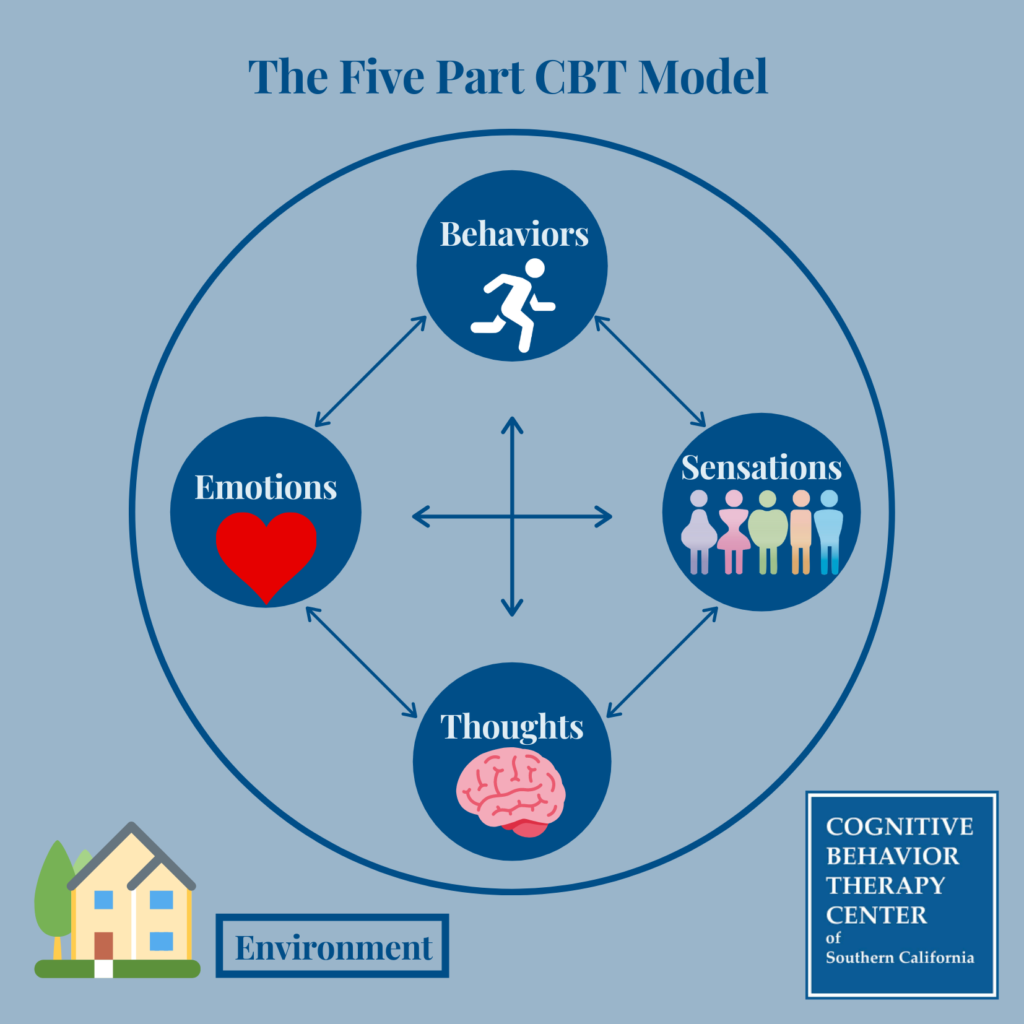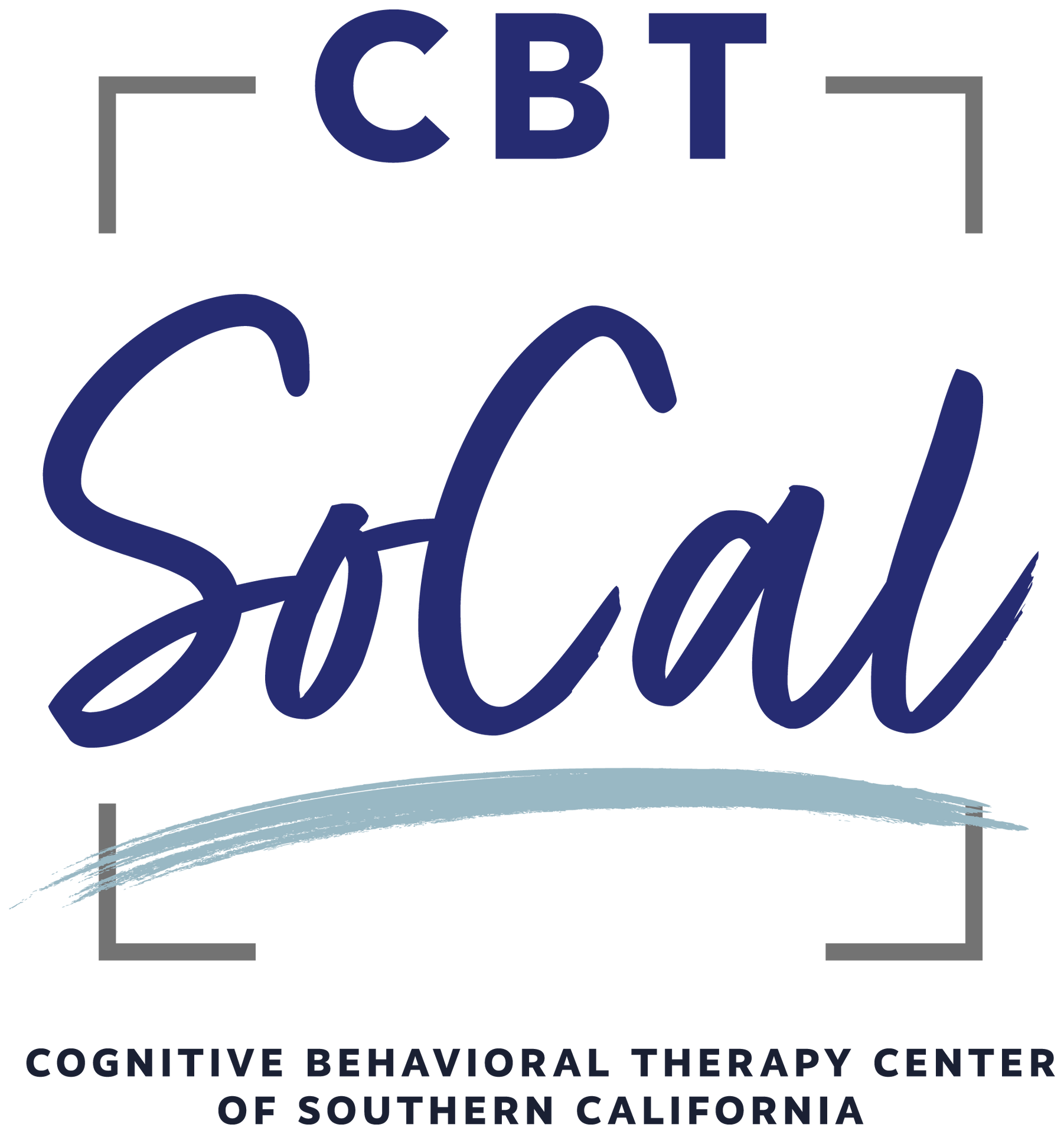What does a Panic Attack feel like? Part 1 of an 8-Part Series

What does a Panic Attack feel like?
Even if you’ve never experienced a panic attack yourself, you probably know someone who has, or have seen one portrayed in the media. Panic Disorder affects 2-3% of individuals in the United States in a given year (Source: Anxiety and Depression Association of America), which equates to almost 10 million people. Even “tough guys” are not immune to panic, as in the classic case of HBO’s Tony Soprano (below).
Contrary to what is often suggested by media portrayals, panic attacks can look and feel differently for different people.
Some experience their episodes in primarily physiological ways through bodily symptoms, such as shortness of breath, dizziness, and fainting. Others report more of a mental state of rumination and worried thinking that they cannot stop (e.g. racing thoughts, fears of losing one’s mind, fear of further panic). Some people find that their panic symptoms can take on feelings of derealization (as if the experience of the world feels unreal, numb, or bland) or depersonalization (feeling disconnected from oneself and/or one’s own body).
Many find that panic symptoms arise when feeling stuck or trapped in a physical way (driving in traffic, in an elevator or crowded place) or an emotional way (unsatisfactory relationship, toxic work culture or career).
Still others may experience a combination or all of the above symptoms of panic at different moments.

Photo Credit: Wei Ding
Either way, anxiety in this form can be incredibly debilitating, lead to depression, and affect our functioning in many significant ways.
In the Diagnostic and Statistical Manual for Mental Disorders (DSM-V), a panic attack is characterized by four or more of the following symptoms:
- Palpitations, pounding heart, or accelerated heart rate
- Sweating
- Trembling or shaking
- Sensations of shortness of breach or smothering
- A feeling of choking
- Chest pain or discomfort
- Nausea or abdominal distress
- Feeling dizzy, unsteady, lightheaded, or faint
- Feelings of unreality (derealization) or being detached from oneself (depersonalization)
- Fear of losing control or going crazy
- Fear of dying
- Numbness or tingling sensations (paresthesias)
- Chills or hot flushes
From this diverse list, it is apparent that there is a wide range of ways that panic can be experienced – none of which are comfortable.
A frequent hallmark of panic is a persistent worry about experiencing future panic. At worst, this tendency to mentally fixate and ruminate on one’s thoughts, emotions, and bodily sensations actually feeds into the cycle that creates anxiety, which in and of itself, can bring on another spike. Essentially, anxiety about feeling anxiety creates more anxiety.

The model above shows the complex relationship between our Thoughts, Emotions, Behaviors, Physiological sensations, and the external environment which is central to Cognitive Behavior Therapy. As stated above, panic episodes may start from any one of these five parts of the model and quickly trigger a whole cycle of escalating anxiety.
Fortunately, panic attacks can definitely be treated successfully with a variety of Cognitive Behavior Therapy skills and tools. CBT is effective by interrupting the cycle of anxiety to keep it from elevating and disrupting your life. If you, or someone you know has been facing the crippling effects of Panic attacks, please read on in our 8-part blog series for more information about how CBT can be helpful:
Part 2 describes an unrecognized reason why people panic
Part 3 describes the most common and unhelpful ways people cope with panic
Part 4 explains the most effective way to deal with panic attacks
Part 5 describes the power of language and labeling with regard to panic episodes
Part 6 addresses how practicing Mindfulness helps with panic
Part 7 discusses Interoceptive exposures to help reduce anxiety about physiological sensations
Part 8 describes live “In Vivo’ exposures to help reclaim every day life places and situations from panic

Martin Hsia, Psy.D. is the Clinical Director of CBT SoCal, and specializes in helping people with OCD, Anxiety, and Insomnia in Glendale, CA.
